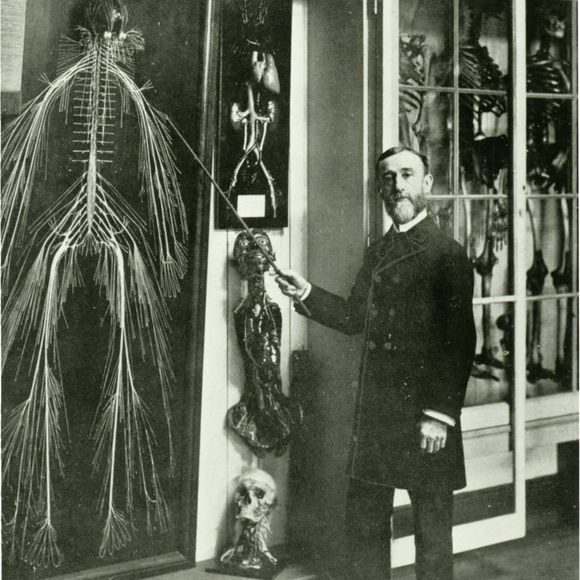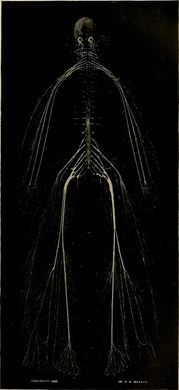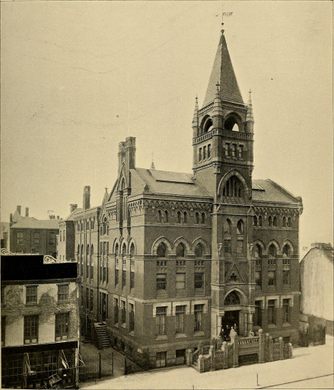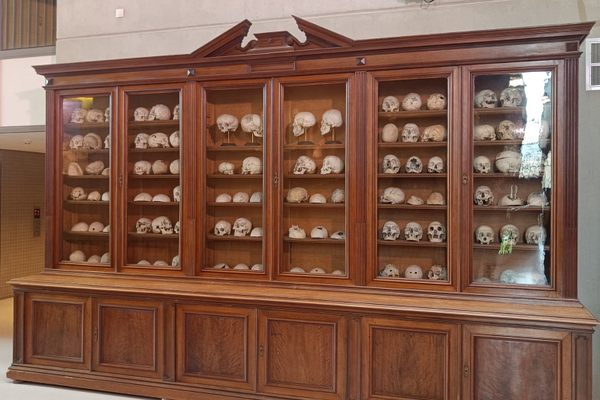AO Edited
The Nervous System of 'Harriet Cole'
This meticulously extracted nervous system allegedly came from a 19th-century custodian who donated her body to science.
Harriet Cole was a woman who worked as part of the custodial staff at Hahnemann Medical College in the 1880s. After she died from tuberculosis at age 35, Dr. Rufus B. Weaver, a professor of anatomy, carefully extracted her entire nervous system. Or at least that’s how the story goes.
When Weaver completed his preparation of the nervous system, the scientific community praised his accomplishment without much attention to the person who made it possible. The story of “Harriet Cole” emerged over the following decades, and archivists at Drexel University (whose medical school was formerly Hahnemann Medical College) are still piecing together the truth of her identity.
Over the course of five months in 1888, Weaver cut away flesh to reveal and remove the cerebrospinal nervous system. The nerves were first wrapped in gauze for protection, and then every single strand was covered with a white, lead-based paint and shellacked. Weaver mounted the entire system for display, the nerves arranged in the shape of the human body.
Weaver told a fellow doctor about the project during a trip to Europe after his extraction of the nervous system. The doctor’s response: “It is impossible, there is no such thing in all this United Kingdom, and if it had been possible it would have been done by some one.” Weaver replied quietly: “So it has, by some one in the States.” The poor British doctor must have been frightfully irked.
In an article for Homeopathic World in August 1892, Dr. Alfred Heath was far more generous about Weaver’s accomplishment. He called it “a marvel of patience and skill in dissection, the likes of which has never before been seen.”
Weaver said he intended for the nervous system to serve as an educational tool at the medical college, a destiny it certainly fulfilled. But it also found a far wider audience when Weaver took the display to the Chicago World’s Fair in 1893. It received an exhibition medal and the blue-ribbon Premium Scientific Award.
Little is known for sure about “Harriet,” the Black woman who supposedly donated her body to science. But her nervous system remains famous today, with images appearing in hundreds of textbooks, laboratories, and medical offices across the United States and beyond. The nervous system has undergone some restoration over the years, most notably by the Hahnemann-educated cardiologist Dr. George Geckeler in the 1960s.
Today the nervous system of “Harriet Cole” stands in all its surreal glory inside the Drexel University College of Medicine, enclosed in a glass case outside the entrance to the bookstore.
Know Before You Go
If you'd like to visit the nervous system, you will need to have an appointment with a staff or faculty member, or attend an event where the university opens its collection to the public.






















Follow us on Twitter to get the latest on the world's hidden wonders.
Like us on Facebook to get the latest on the world's hidden wonders.
Follow us on Twitter Like us on Facebook